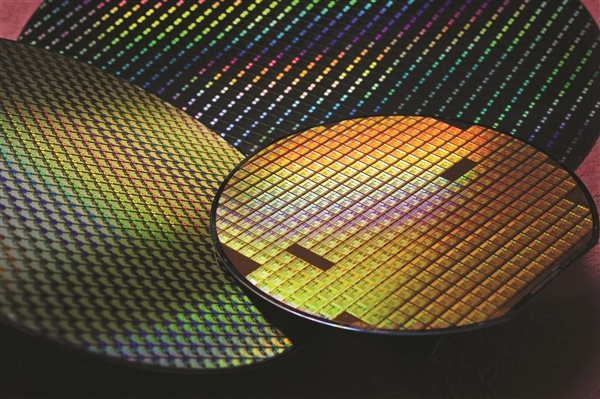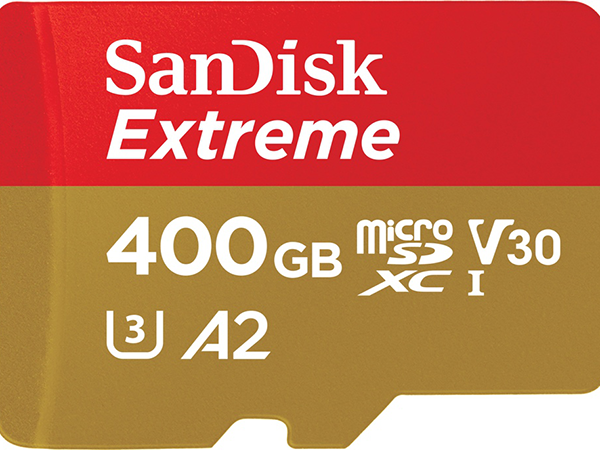Original title: Intel Sees Violet: Authorizes the Most Advanced 3D Flash Technology
According to South Korean media reports, in order to meet the continued high demand for NAND flash memory in the PC and smartphone market, Intel is negotiating with China's Violet Group to authorize the production of 64-layer 3D NAND flash memory.
This kind of flash memory technology comes from IMFlash, a joint venture between Intel and Micron. However, by the beginning of next year, both parties will end their cooperation and optimize their own products and services independently. At the same time, Intel will sell almost all of its shares to Micron.
Intel currently uses and supplies flash memory from IMFlash. If it is completely independent, it will inevitably greatly affect the production capacity and supply. As the current market demand for flash memory continues to be high, Intel urgently needs a new partner.
Violet catches Intel: authorized to manufacture the most advanced 3D flash memory
Violet is a key target for the development of the semiconductor industry in China. In the next five years, China will invest 1 trillion yuan in the semiconductor industry. Its goal is to increase its own capacity to 70% by 2025. Ziguang naturally plays an extremely crucial role.
Currently, Violet has invested US$30 billion to build its own memory and flash memory plant in Nanjing, and also jointly established a SSD development and manufacturing plant in Suzhou with Lite-On.
In this way, it is not surprising that Violet can be favored by Intel.
It is unclear whether the specific contents of Intel and Violet licensing are purely manufacturing licenses or more advanced technology licenses.
If the latter is the case, Violet can also use Intel flash memory for its own products, and it can be used as a supplement when independent flash memory is not yet fully mature, but it also hopes that independent flash memory should not abandon itself. After all, this kind of lesson is too much. .
In any case, this is an excellent opportunity for the development of Ziguang, and it can be in close contact with the world's most advanced flash memory technology, which is of great benefit to enhancing its technical strength.
South Korean media also believes that this will be a severe challenge for Samsung, SK Hynix and Toshiba.
In addition, IMFlash is also developing a new generation of 96-layer stacked 3D flash memory, supplemented by a 10nm manufacturing process, which will double capacity density over the current 64-layer and will also be available in the future.





